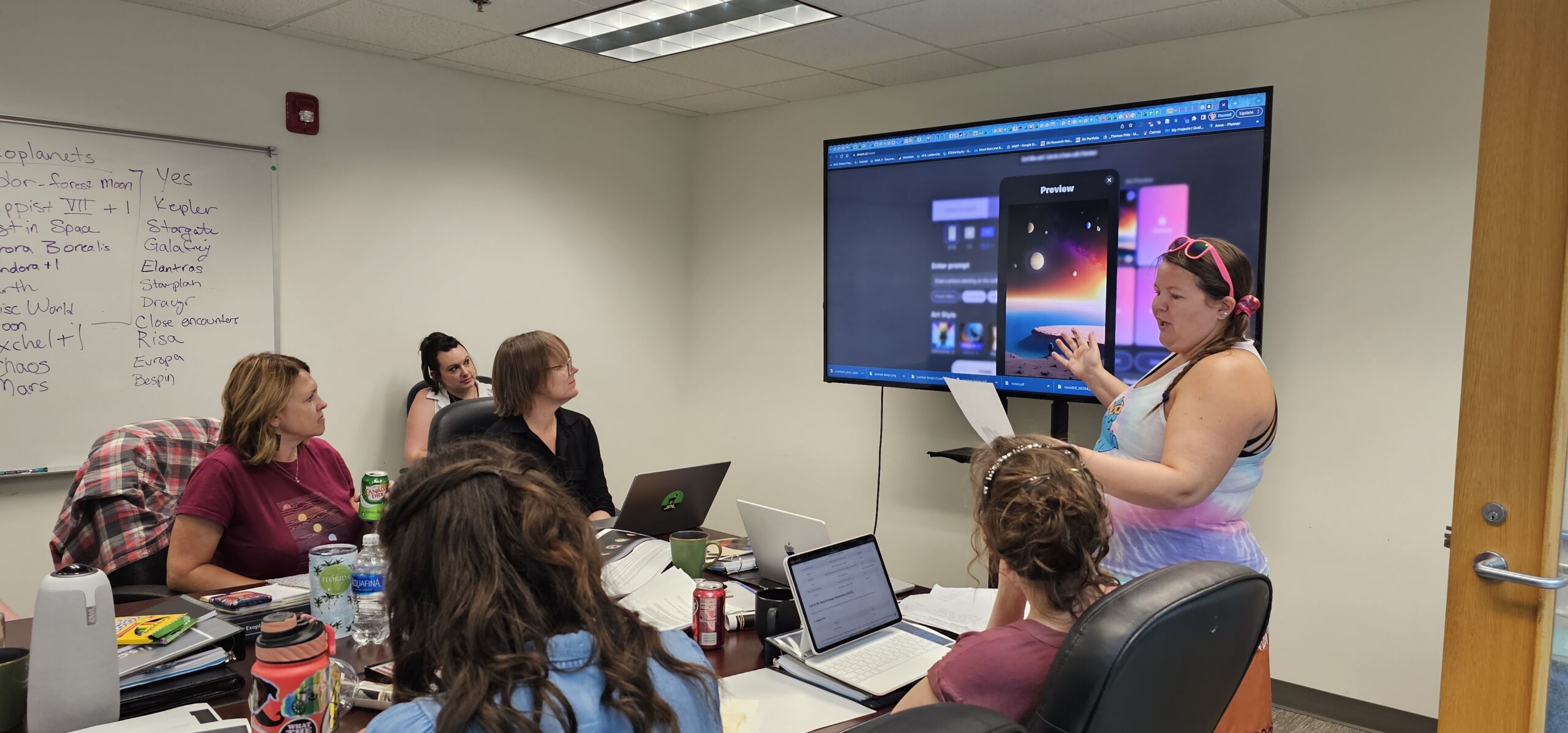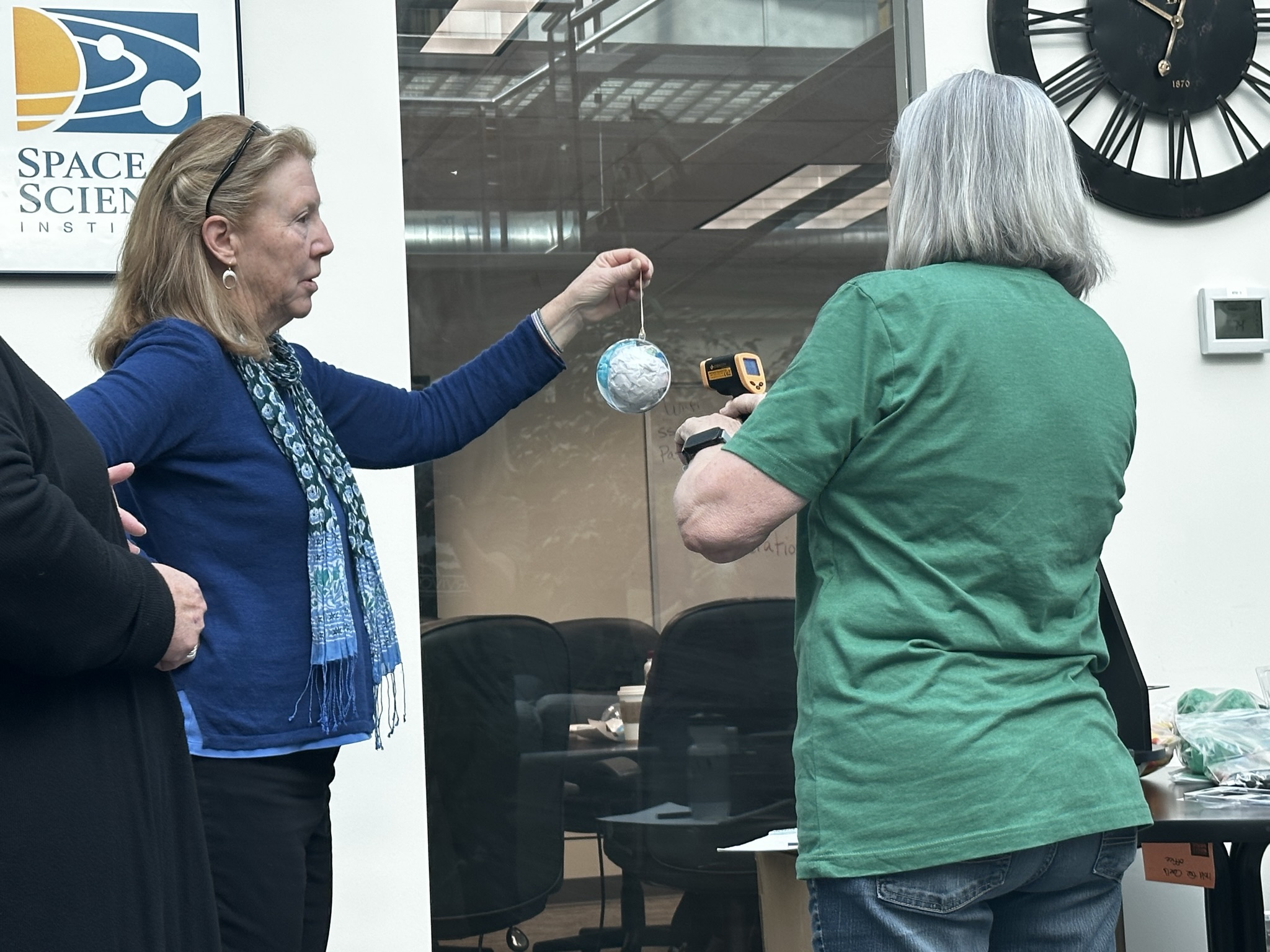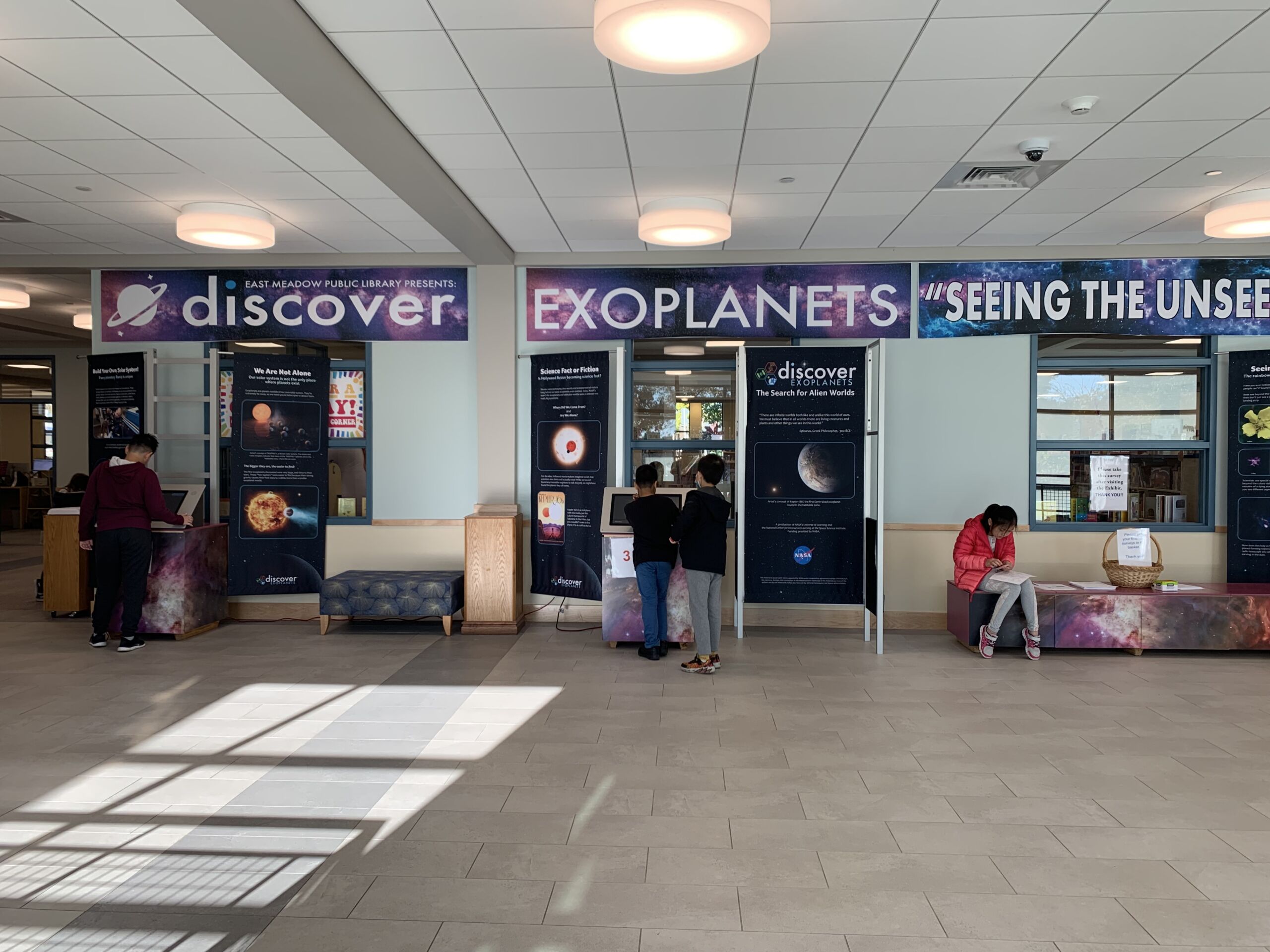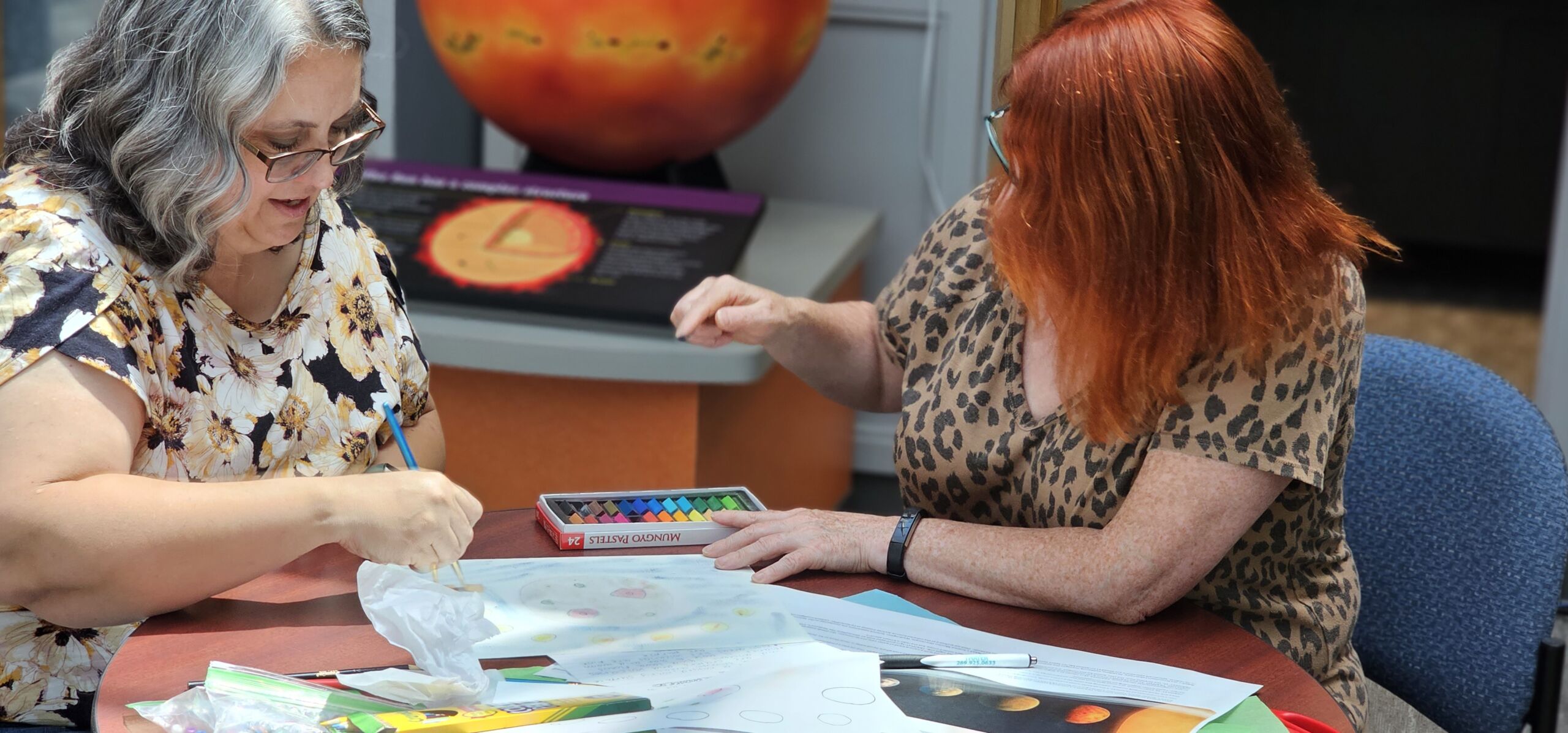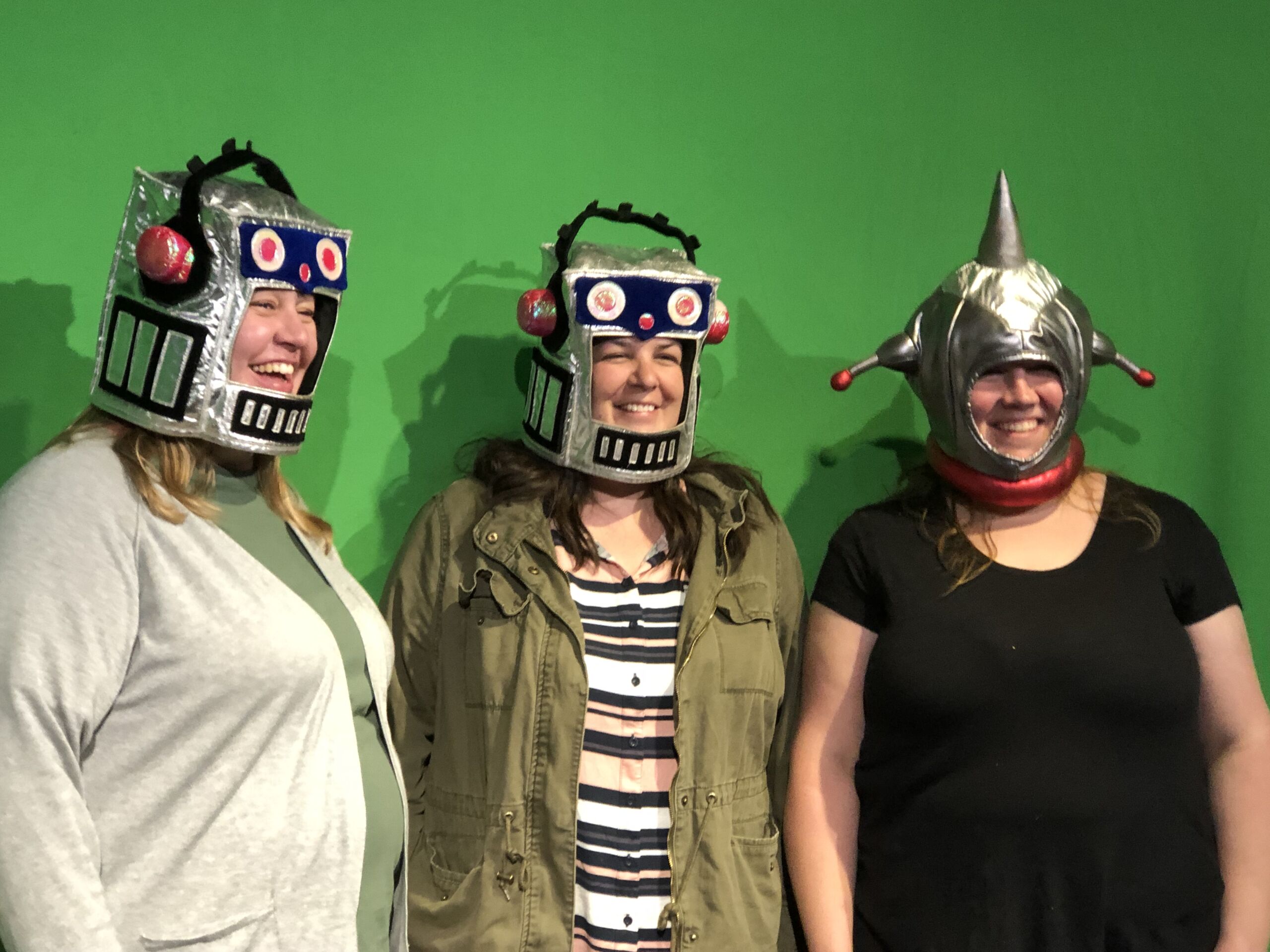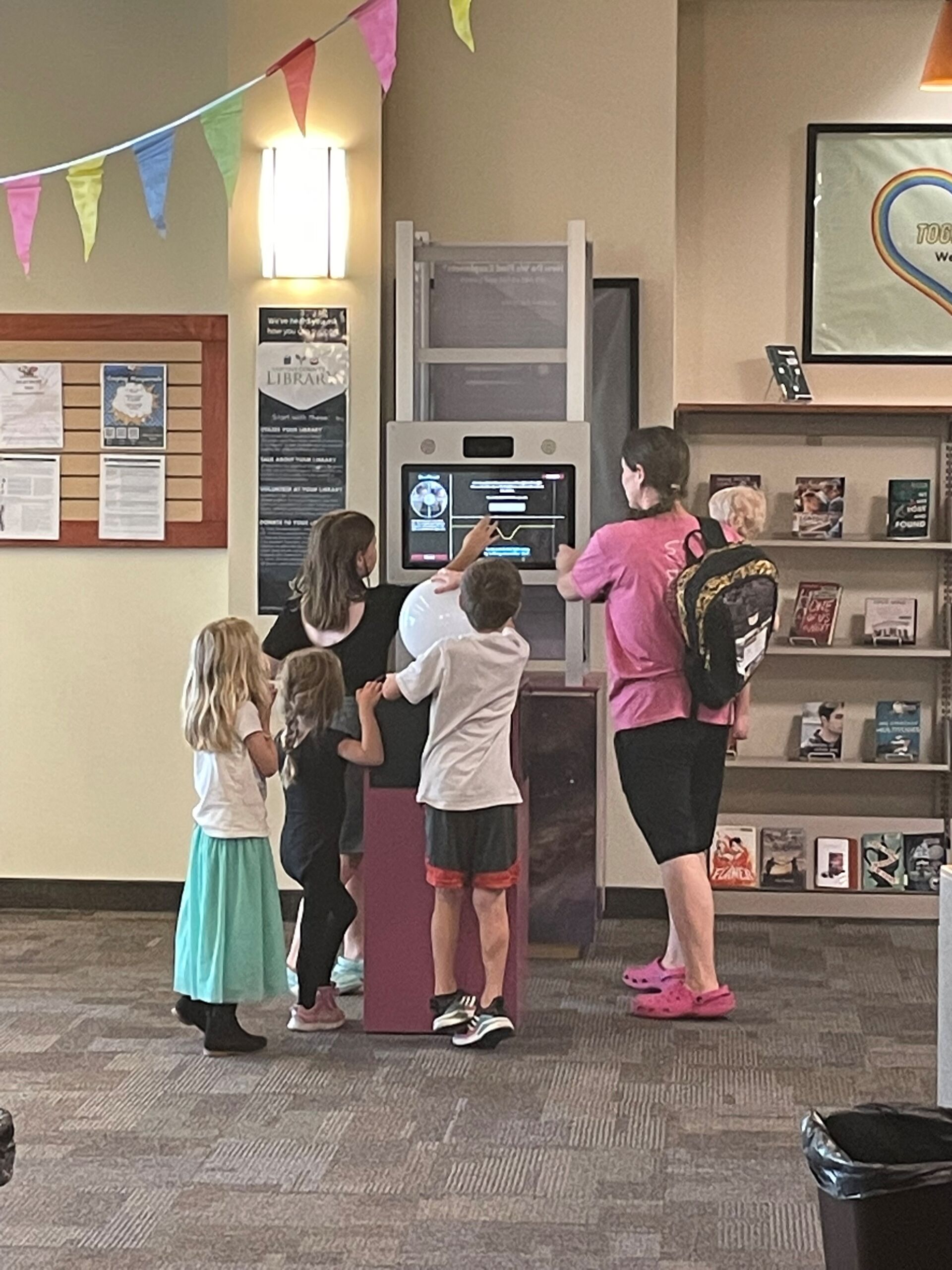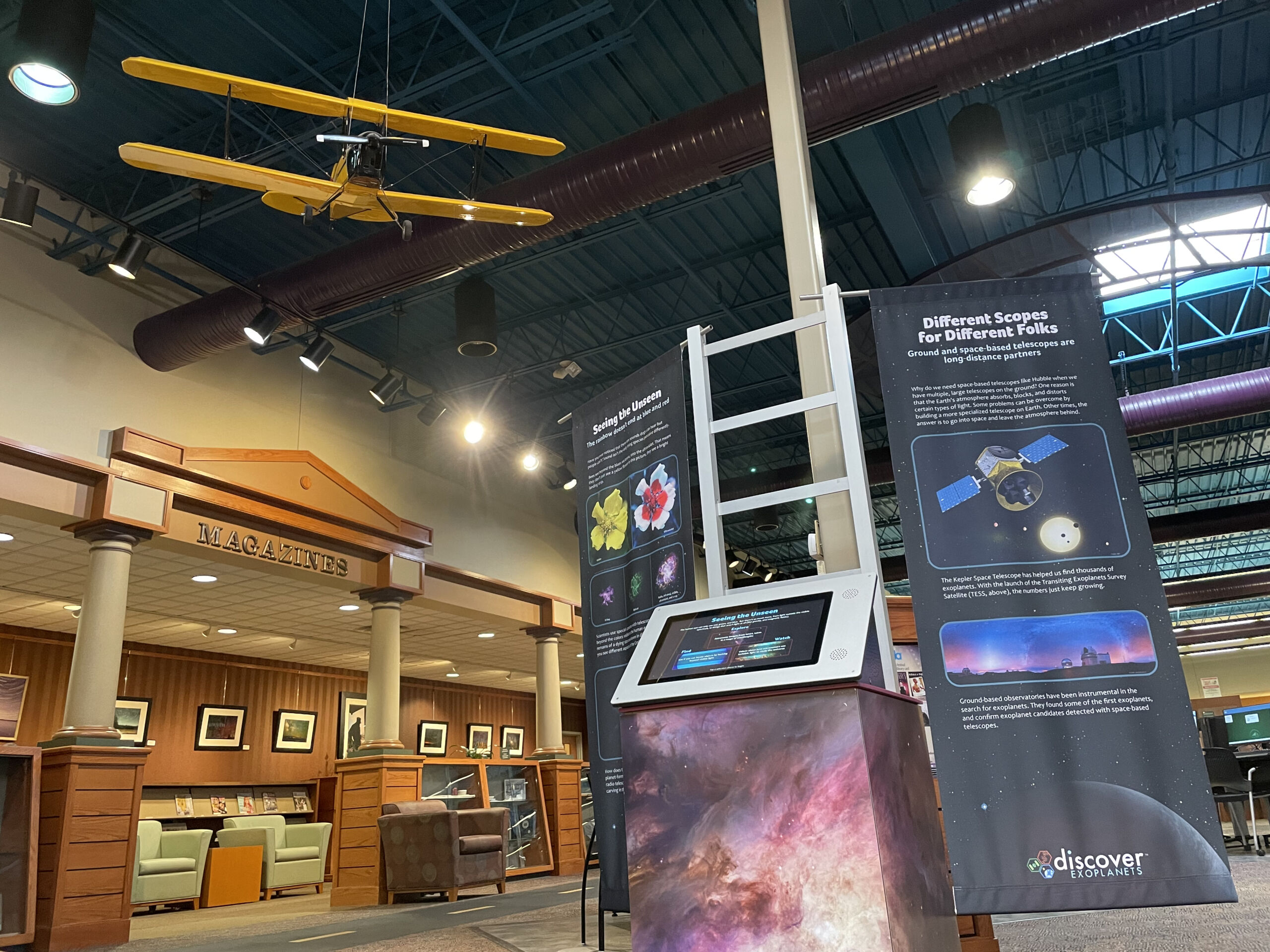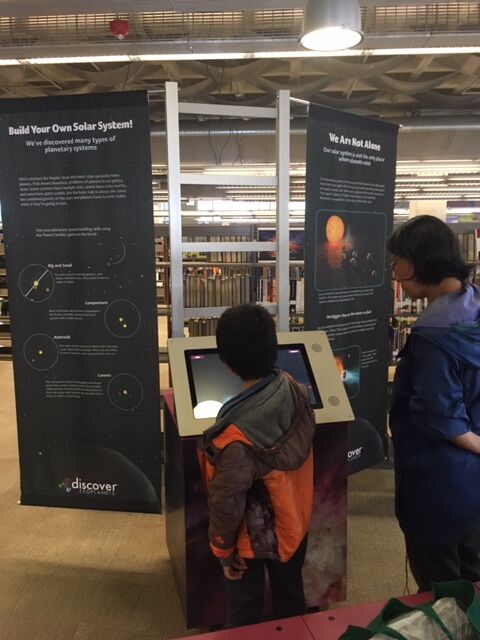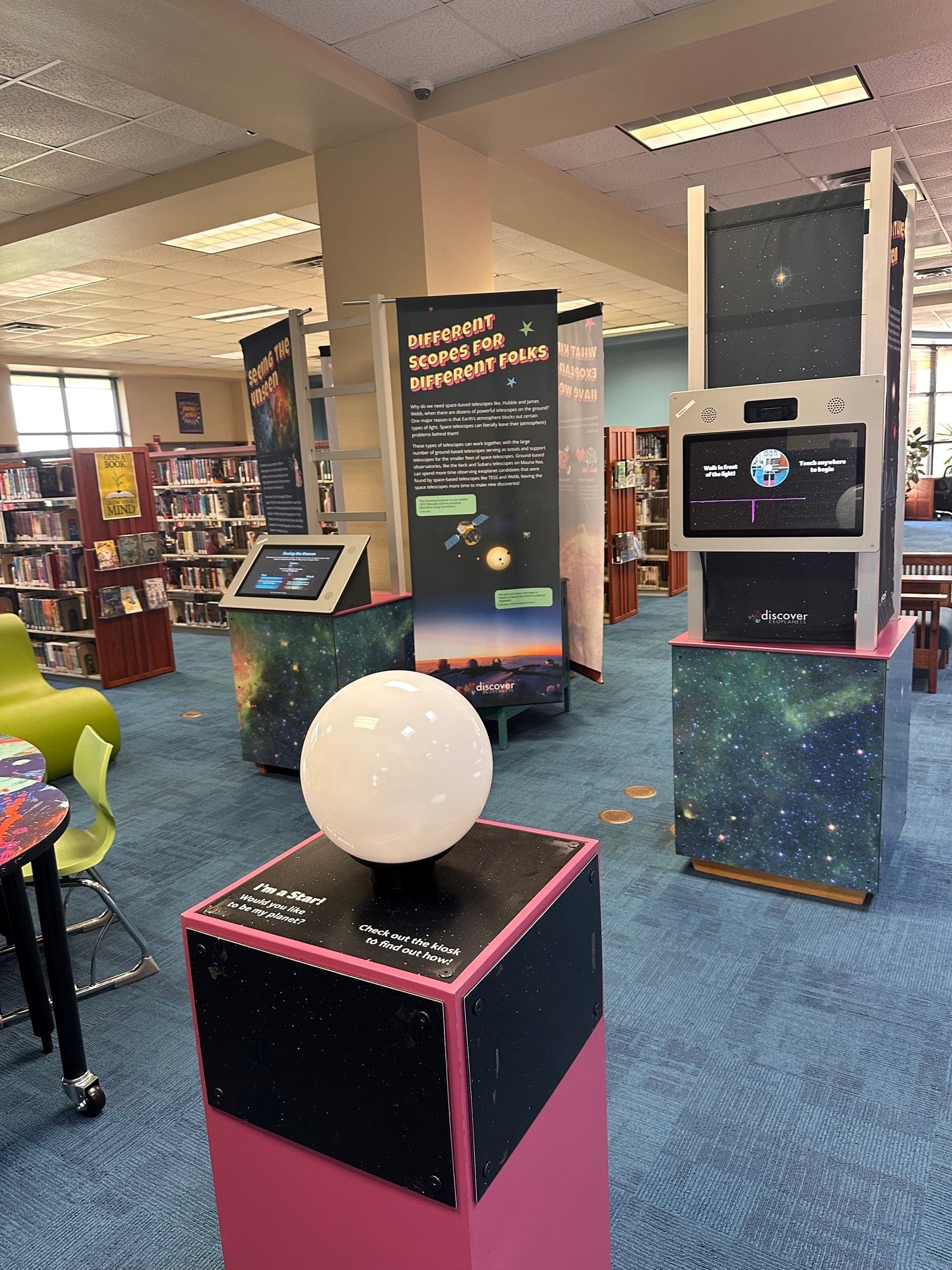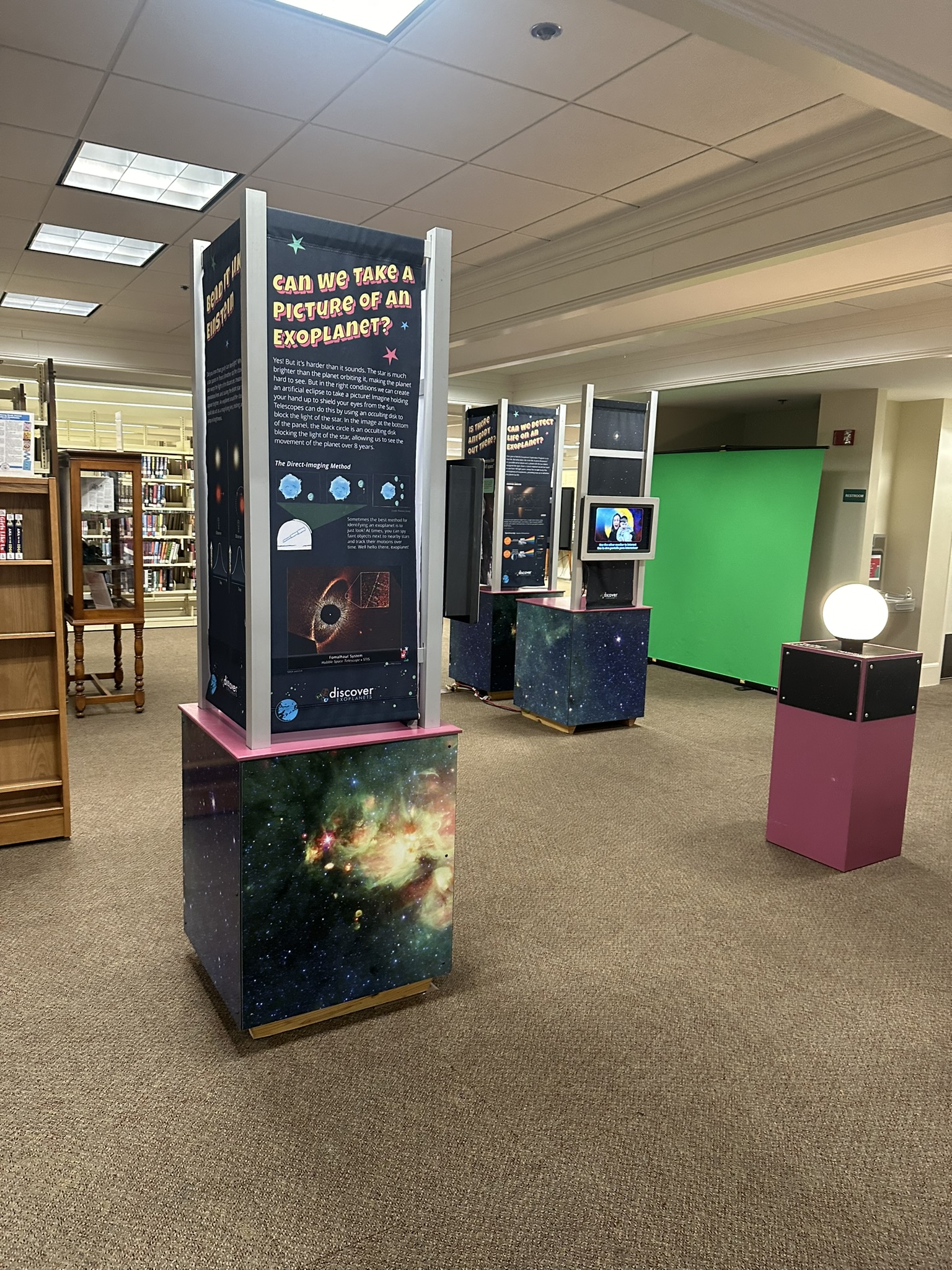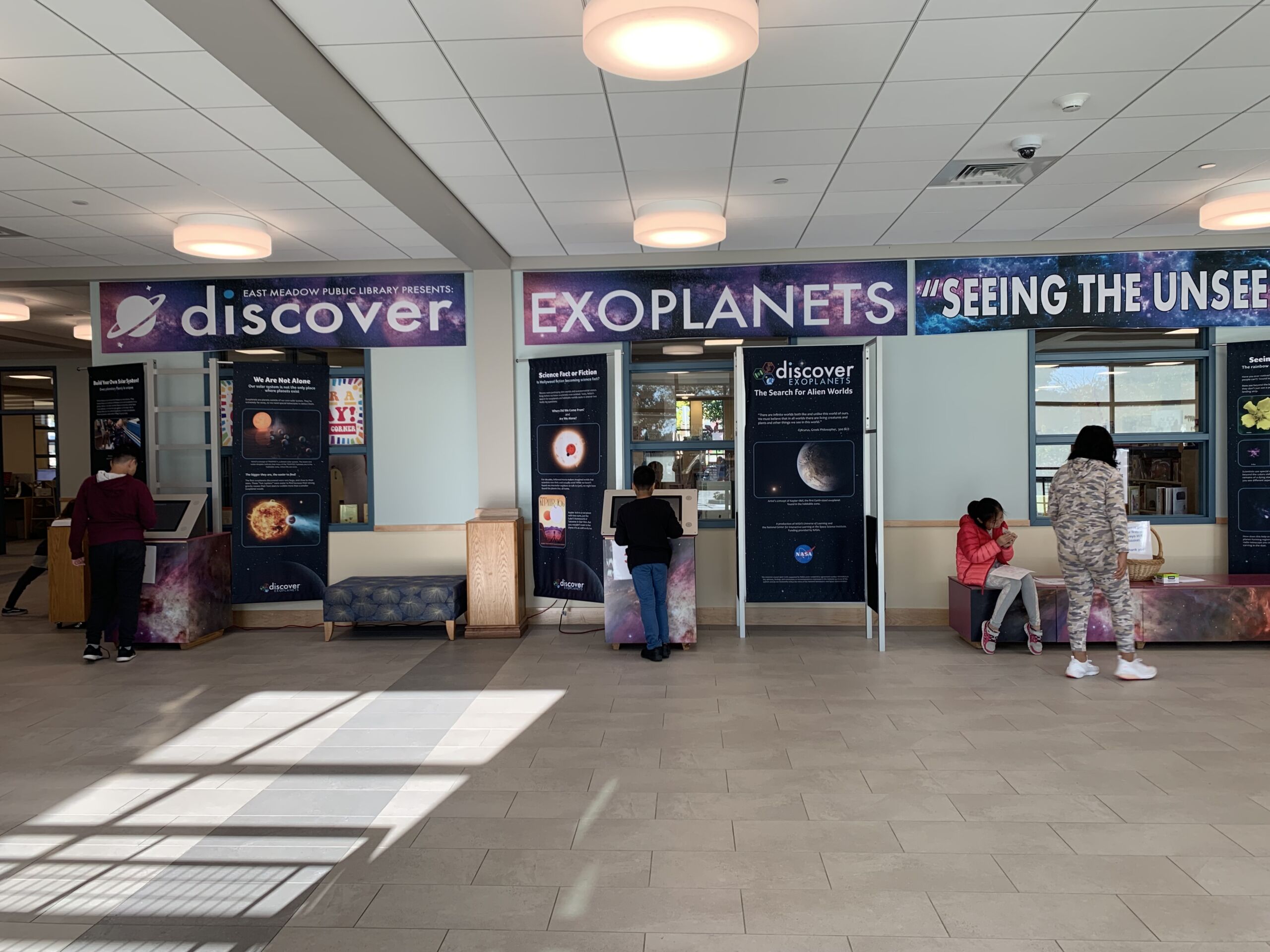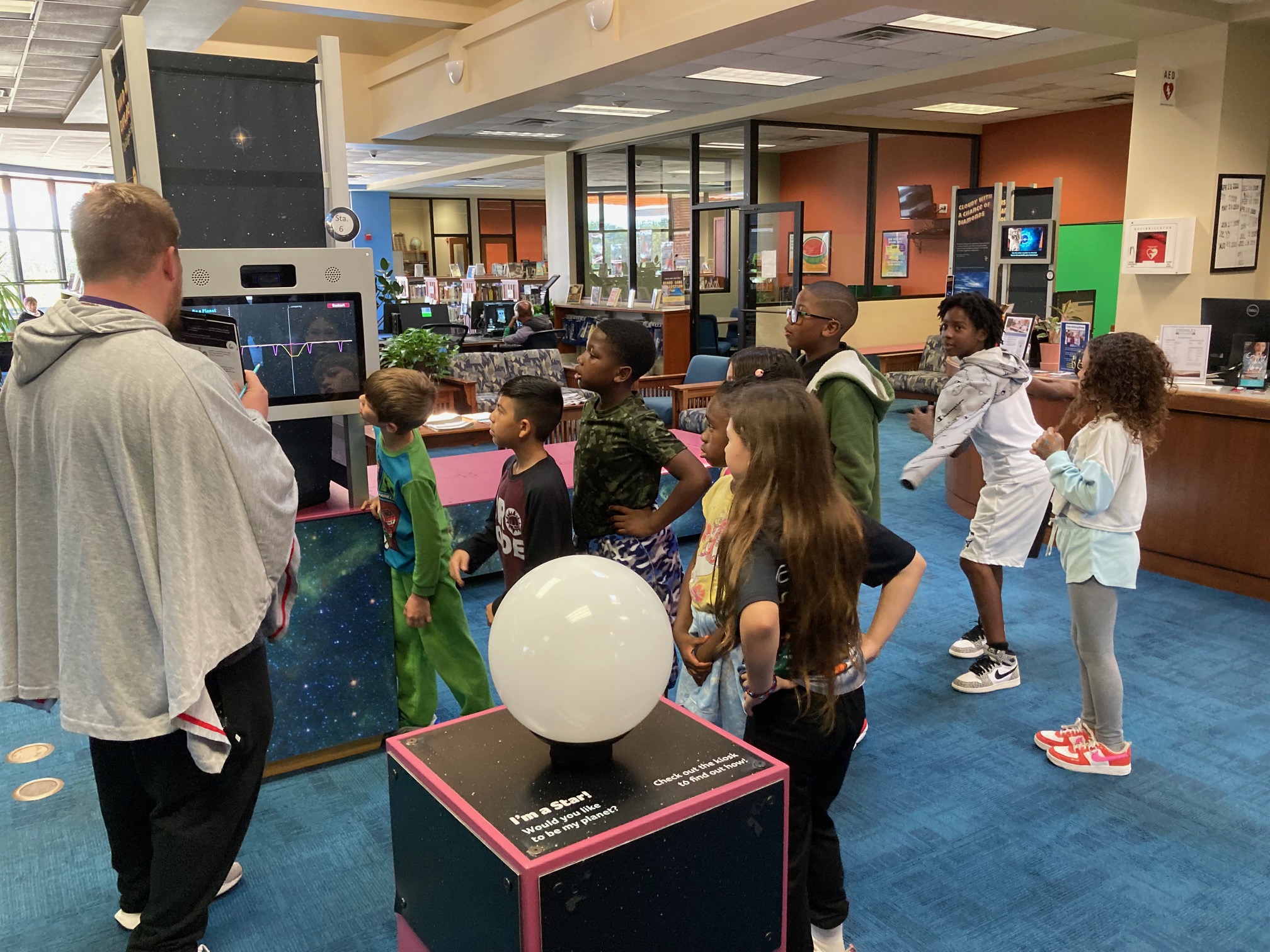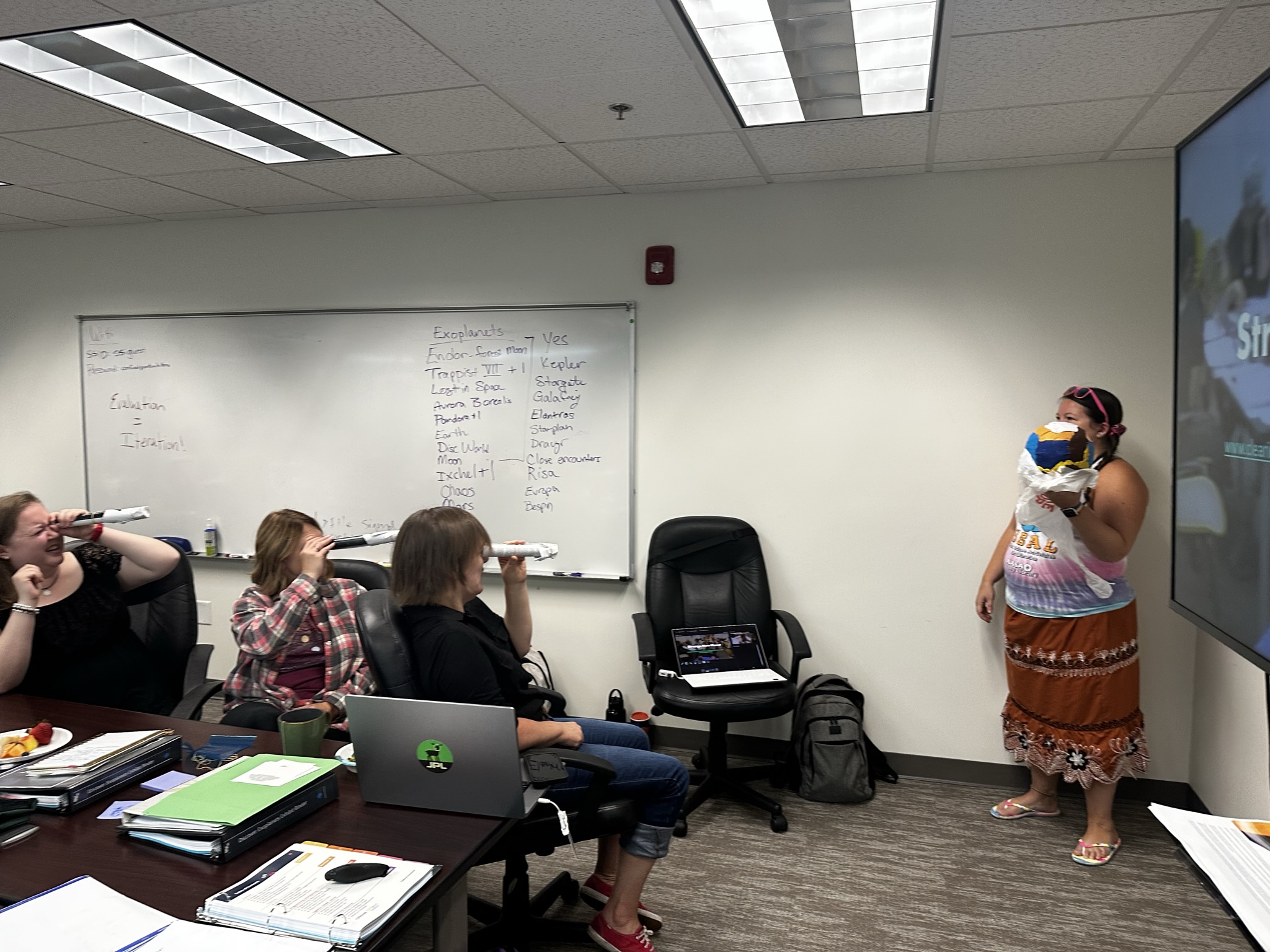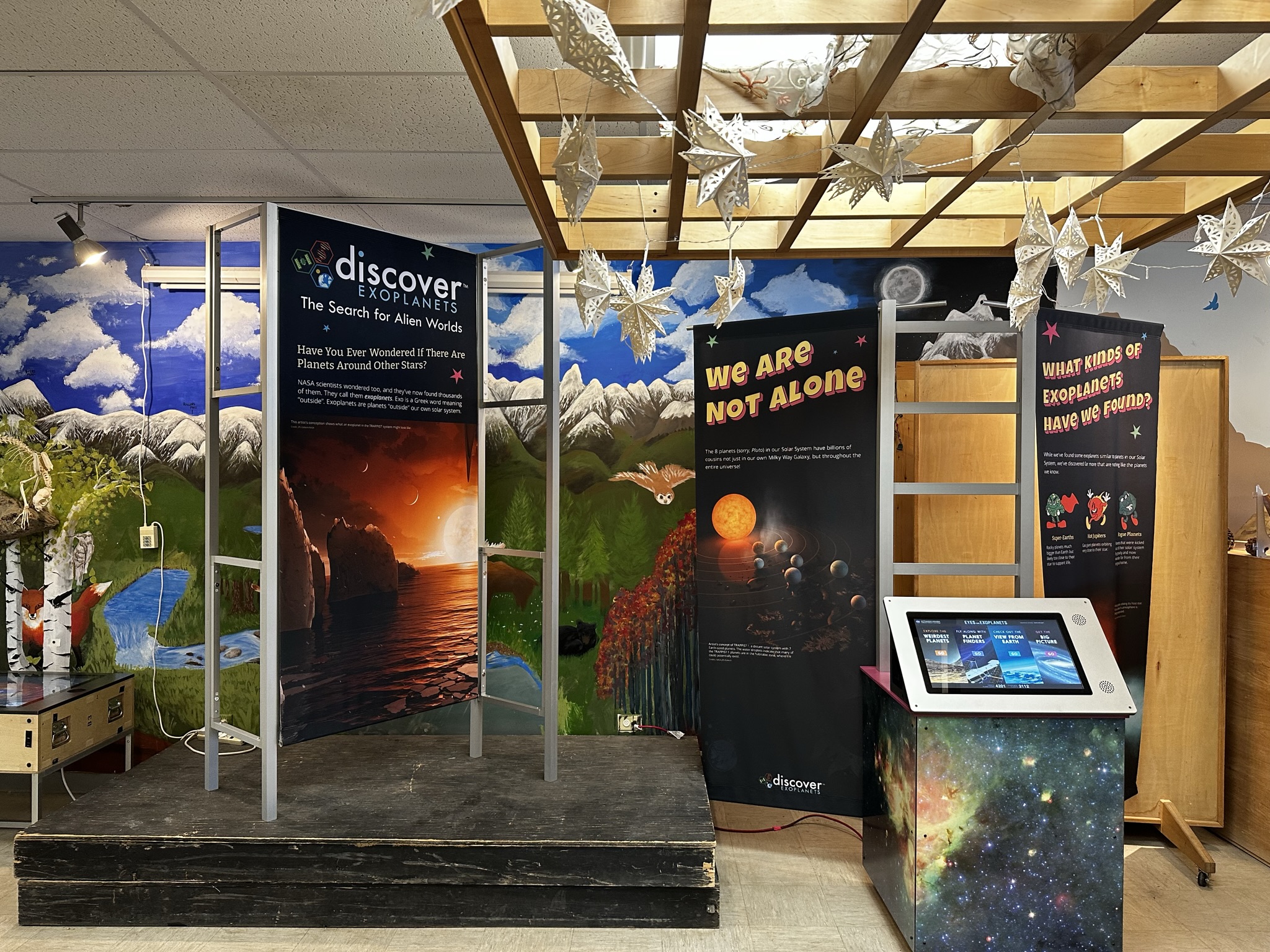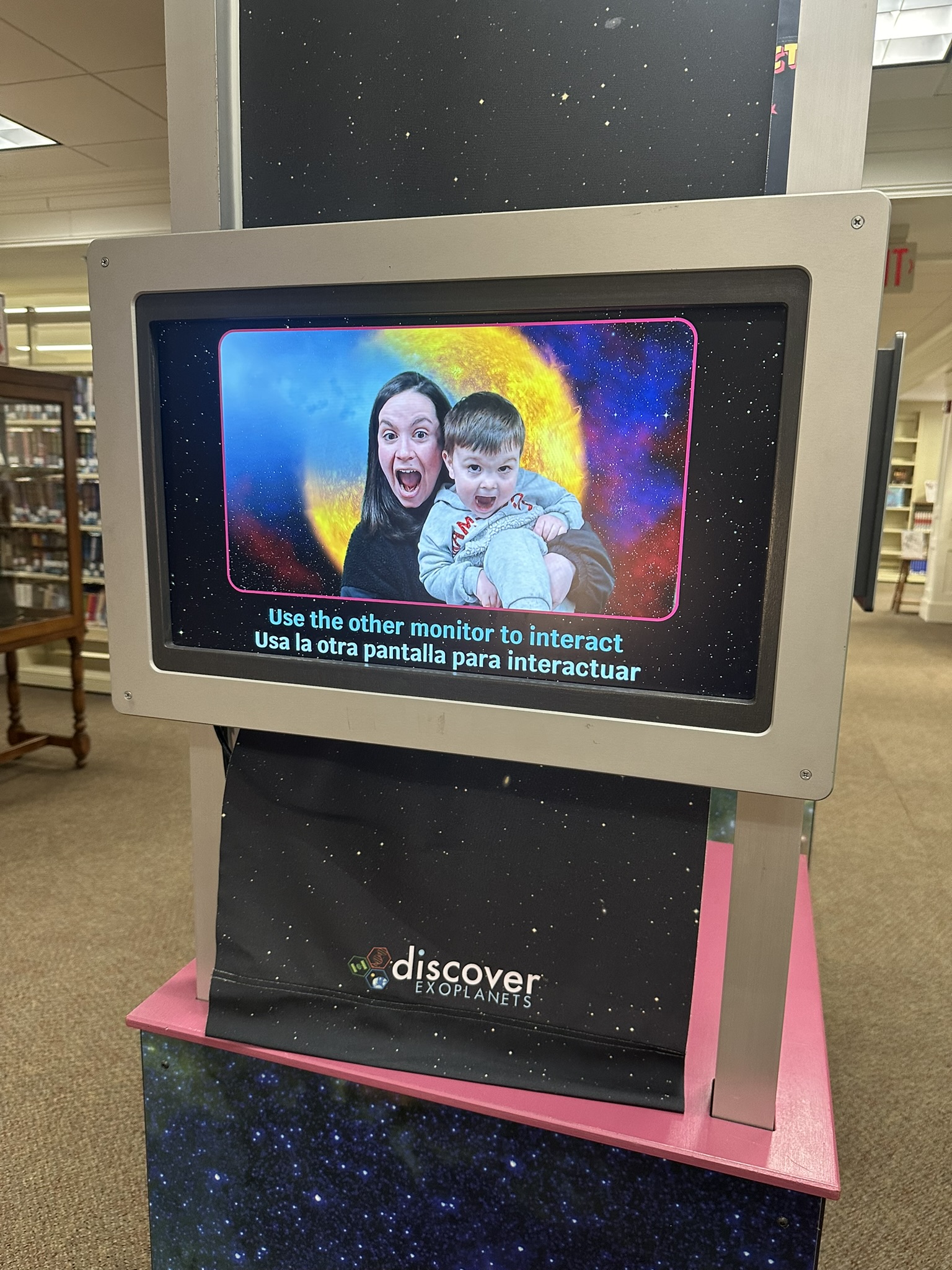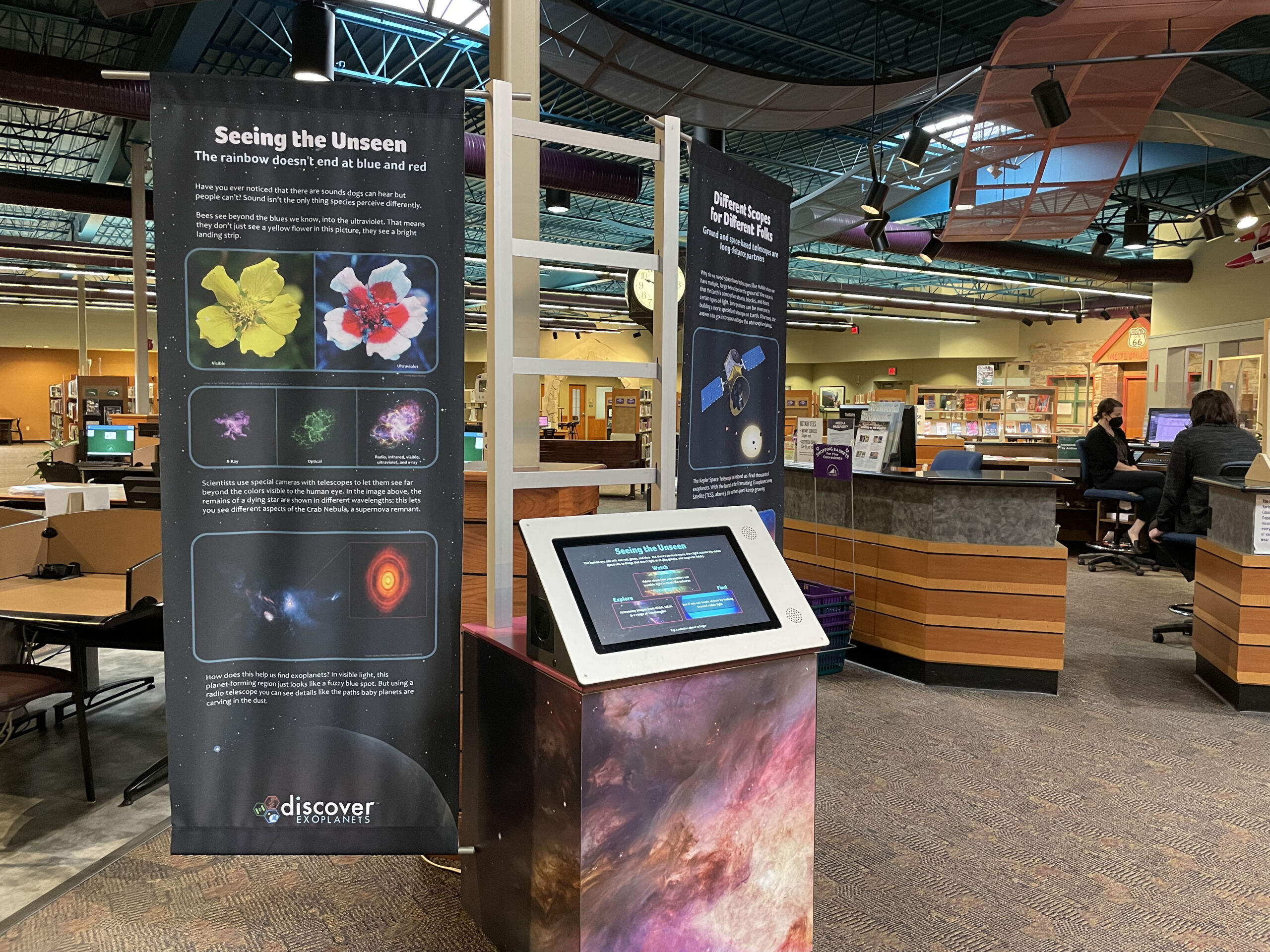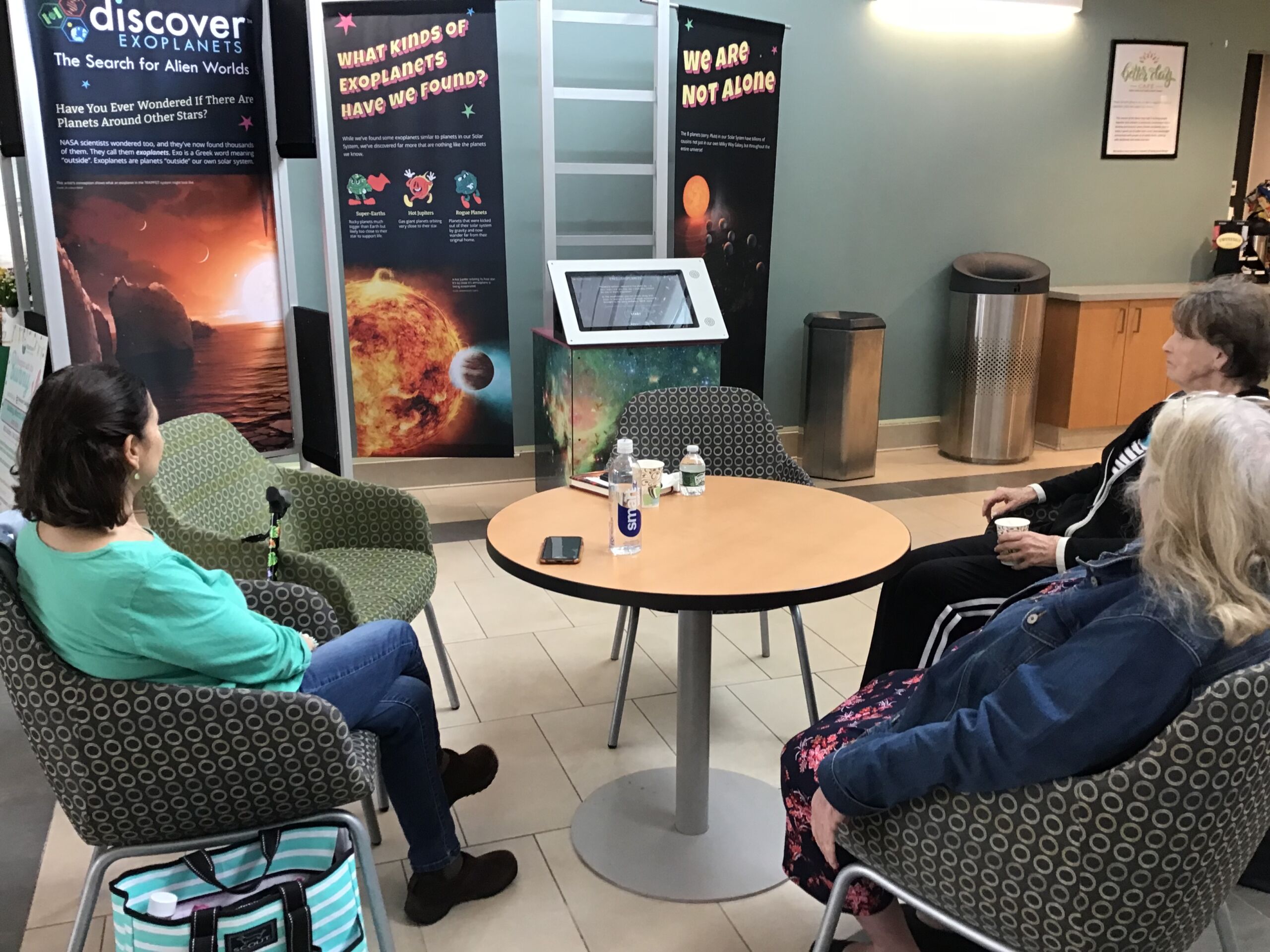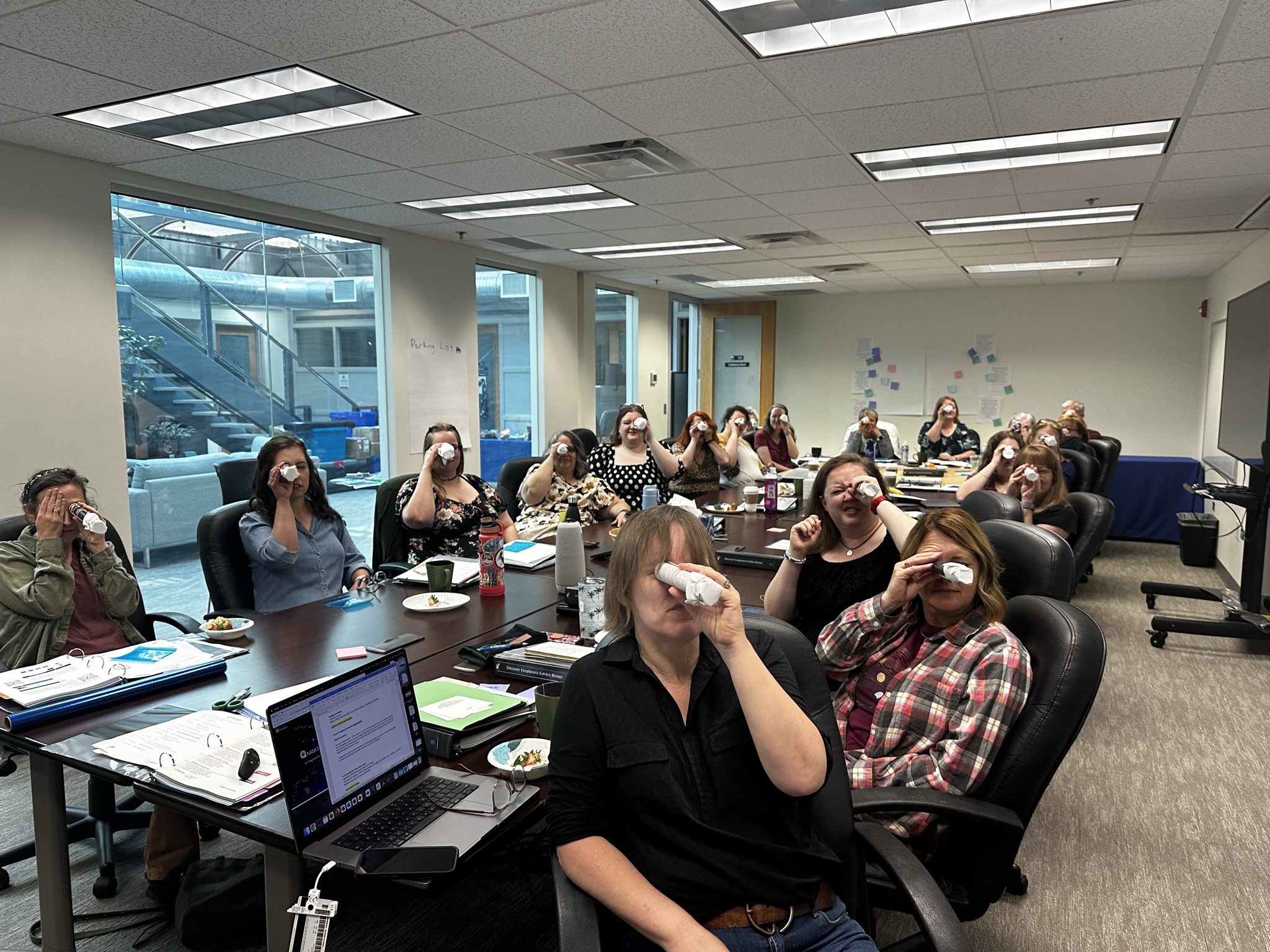The Search for Alien Worlds

The National Center for Interactive Learning (NCIL) at the Space Science Institute (SSI) selected ten library sites to host the national tour of the interactive traveling exhibition Discover Exoplanets: the Search for Alien Worlds.
Discover Exoplanets is made possible through NASA’s Universe of Learning. NASA’s Universe of Learning materials are based upon work supported by NASA under award number NNX16AC65A to the Space Telescope Science Institute, working in partnership with Caltech/IPAC, Center for Astrophysics|Harvard and Smithsonian, and Jet Propulsion Laboratory.
The exhibition and its educational support materials and outreach opportunities are part of the STAR (Science-Technology Activities and Resources) Library Education Network (STAR Net), a hands-on learning program for libraries and their communities, and NASA’s Universe of Learning. STAR Net seeks to engage underserved youth and their families in fostering an appreciation and deeper understanding of science and technology topics through STEM (Science, Technology, Engineering and Math) programs in public libraries, and library collaborations with scientists, engineers, and STEM organizations. NASA’s Universe of Learning draws from discoveries, scientific data, and subject matter experts from across NASA to create and disseminate STEM learning products, programs and professional development experiences that empower audiences to discover the universe for themselves. The Discover Exoplanets traveling exhibition includes an evaluation of informal STEM education in library and museum settings. Participation in this evaluation project is mandatory for selected sites, and may include site visits.
Discover Exoplanets is touring from June 2023 through late 2025.
Project Highlight
The project included a two-day orientation and program planning workshop (in Boulder Colorado) for two staff members from each successful applicant site. The workshop covered hands-on science activities; programming and outreach consultation; and a number of professional development resources, including the STAR Net Online Community, which will involve sharing of best practices among librarians, museum educators scientists, engineers and others who want to bring effective STEM learning experiences to public audiences in informal settings.
The Exhibition
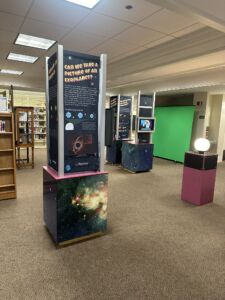 The Discover Exoplanets exhibition provides an introduction to the search for life on other planets, and the tools NASA scientists use to search for exoplanets. The “Big Idea” for this exhibition is “NASA is finding habitable worlds in our own stellar neighborhood.”
The Discover Exoplanets exhibition provides an introduction to the search for life on other planets, and the tools NASA scientists use to search for exoplanets. The “Big Idea” for this exhibition is “NASA is finding habitable worlds in our own stellar neighborhood.”
Learning goals for visitors include:
- Understanding how our Solar System is alike, and different from, other Solar Systems
- Learning how NASA is searching for habitable worlds, and what tools scientists use to aid in this search
- Gaining a better understanding of “Our Place in Space”, including such concepts as scale, habitability, and point of view
- Understanding that NASA uses different telescopes/tools to observe different types of objects, no one instrument can answer all the questions
Exhibition Physical Details
- The exhibit requires approximately 700 square feet of floor space for optimal display. The display space does not have to be contiguous.
- The minimum ceiling height for exhibition components is 8 feet.
- Libraries should have wireless Internet access in the display area, and at least five electrical outlets nearby. (This allows us to remote in to digital components to fix problems)
- The exhibition will travel in approximately 1-2 large shipping crates, some of which will need to be stored during the display period. Containers will not exceed dimensions of normal doors.
Quotes
“The most beautiful thing we can experience is the mysterious. It is the source of all true art and science.”
“We’re getting more families down here than we normally would. We’re getting a lot of dads. I’ve noticed that they are coming in with their kids… We’ll see them engaging and playing and having a lot of fun.”

